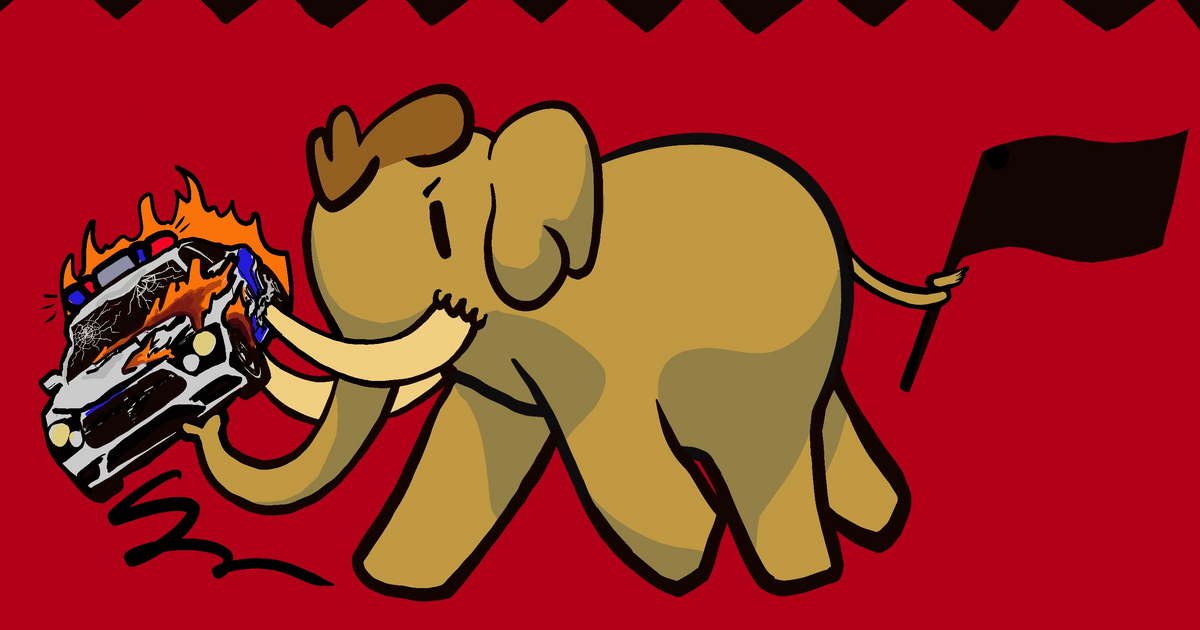Thinking about #CableStreet for no reason at all...
Recent searches
Search options
#cablestreet
"On that Sunday in 1936, my Uncle Alf, a staunch anti-fascist and trade unionist, defied his mother, Annie, and joined the tens of thousands of demonstrators against the march. He was pushed through a plateglass shopfront on Gardener’s Corner by the Blackshirts. Covered in blood, he stormed up to the family flat, where, upon seeing him, Bubbe Annie decided to break her cardinal rule of keeping her head down and joined the barricade at the entrance of Cable Street, where Mosley and his militia intended to march through to the meeting point for their rally.
Bubbe Annie said that day was the best of being British. She didn’t stand alone on that barricade of overturned milkfloats, chairs piled high – and anything else that could stop the marchers. Her Irish working-class neighbours, the English working class, the small African-Caribbean community, the dockers, the trade unionists, communists, a handful of Somali seamen, Orthodox Jews with long coats and soft felt hats, jostled side by side with Catholics, women and girls linking arms, and ordinary heroes from all over the country who had travelled down to stand in solidarity and tell the fascists 'you shall not pass'. And they did not pass. Mosley and his de facto private army with huge police protection were stopped in their tracks and forced to retreat."
"Cable Street tells the story of migrant communities rallying to stop fascists marching through the streets of London - for the show's creators the themes are just as relevant today.
Song and dance might not be the usual way to talk about the rise of fascism, but the musical Cable Street tells the story of migrant communities joining together to stop the British Union of Fascists from marching through the predominantly Jewish part of east London in 1936."
#OTD #CableStreet #antifa #history
"The magnificent mural in Cable Street in East London, depicts the 1936 battle of Cable Street, when East end residents stopped Oswald Mosley and his fascist followers marching through their streets. In this powerful dissection of what happened, the real battle we learn was three way, between the police, the fascists and local people. Interwoven with eye witness testimony from Bill Fishman, Alan Hudson provides a riveting account of the events, the context and many hidden truths. The official labour movement tried to stop the anti-fascist protests and organised an alternative rally in Trafalgar Square. Lessons for today come thick and fast and we are left to contemplate the mural's contemporary meaning. It may only strike a cord locally Alan explains if we support today's migrant population and oppose all immigration controls."
#OTD #CableStreet #antifa #history
"On 4th October 1936 the people of the East End of London halted the march of Oswald Mosley’s Blackshirts through Stepney, in what became known as The Battle of Cable Street . . . Street brawls between fascists on one side and ‘Antifa’, communists and anarchists on the other. Although this may sound like something from the news of Portland, USA in 2020, this is East London in 1936."
https://www.historic-uk.com/HistoryUK/HistoryofBritain/Battle-Of-Cable-Street/


